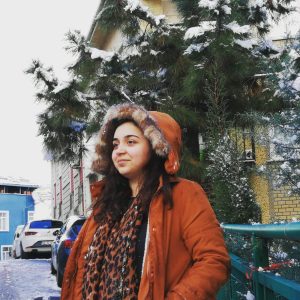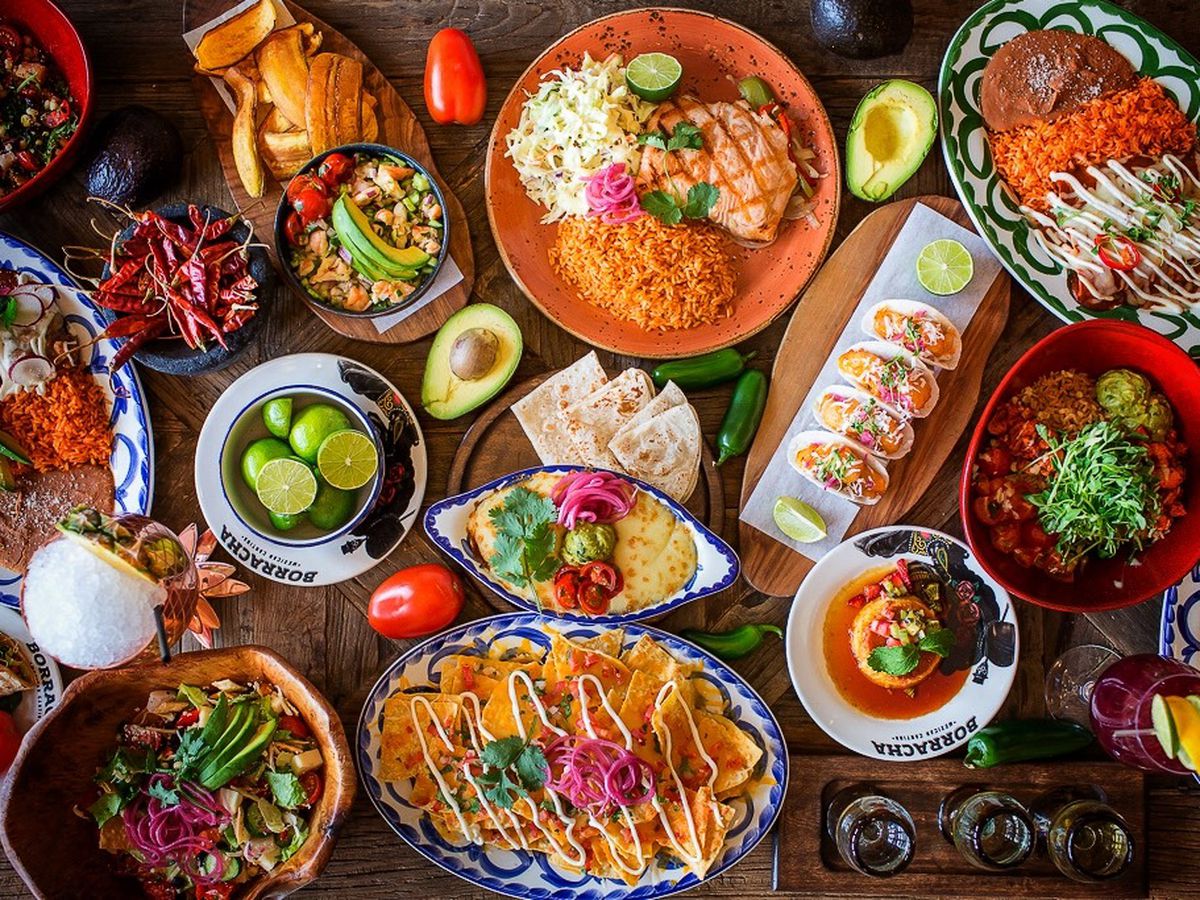Revolution 101: When The Russians Get Really Mad (1917)

Thousands of peasants were hungry and miserable. Factories had an inhuman pace of work. Anger was growing, the revolution was inevitable. The Russian Revolution would introduce two important concepts such as socialism and communism to the whole world.
So, What is Tsar?
Tsar is the name of the ruler in the Russian monarchy. It is the Russian equivalent of the concept of King in the West. It is a dynastic system that proceeds through bloodlines.

Bogatov, N. (1912). For the 300th Anniversary of Reign of the House of Romanov (1)
The Russian dynasty of the 19th-century was Romanovs. The Romanov family was an introverted family and unaware of the developing world. They were very devoted to tradition and religion. They did not care about the needs of Russia, which had been ruled by feudalism for centuries. All these features would be the end of the Romanovs and the Russian monarchy.
Last of the Tsars: Nicholas II
Nicholas II, aka Nicholas Alexandrovich Romanov, was an immature youth when he took the throne. Due to his bloodline, he was a descendant of the Queen of England Victora and was a cousin with the then King George V of England. He had an enormous physical resemblance to George V and was close friends with him. They corresponded frequently.

Czar Nicholas of Russia (at left) and King George V of Great Britain. (n.d.). [Photograph]. (2)
Is Rasputin Really Lover of The Russian Queen?*
Rasputin is mentioned in historical records as a priest with immense charm and power to influence. He was an ordinary peasant who had a strange, intelligent and deceiving character. Until he reached Tsar’s palace, he had visited almost every corner of Russia. He claimed to be the pastor of a previously unheard of sect.
There were many rumors that he healed the sick, poor, and disabled people in the regions where he was found. What made him the strangest was the sheer number of female “followers” and their close relationship with them.
For years the Tsar and Tsaritsa wanted a crown prince to be born so that the Romanov lineage could continue. After four daughters, a boy was finally born, but the prince was born with Hemophilia, a disease common in Royal families. Doctors said his life was short.

Grigori Rasputin, faith healer, and the last Tsarina, Alexandra. (n.d.). [Photograph]. (3)
It would later be understood that Rasputin was nothing more than a perverted man dressed as a priest. Then, he was secretly poisoned by statesmen. However, the Romanov family who refused to see the truth, declared him a saint.
Industrialization Before the Russian Revolution
While the Tsar focused on Rasputin and his son, the Russian people were suffering in misery. Due to the over-attachment to the feudal system and traditions, the Crown and the state ignored the Industrial Revolution from Europe. Industrialization activities were almost nonexistent.
It was until 1905 that Russia officially renounced feudalism. This was a horrific consequence because Russia lagged almost 200 years behind Europe.
Factories were established rapidly to advance in the late industrialization. Poverty-stricken peasants began to be employed in these factories. But the administration was so harsh that being a worker was equivalent to being a slave.
World War I and Russia
In the factories, the working class was mostly made up of children and women. Most of the men had joined the war as the army of the Tsar, who decided to join the First World War.
With the public in such a difficult position and industrialization just beginning, the Tsar’s decision to join the First World War was heavily criticized. Some historians state that Nicholas II made this decision under the influence of his cousin George V. As a result, the Russian Army was devastated.
Russian Revolution Begins
Factors such as successive mistakes, poverty, famine, and overwork were increasing the anger of the working class day by day. There were constant casualties, children died before they could grow up. However, the Royal family was unaware of any of these.
February of 1917 was the last straw for the people who were ignored by the administration to the countless protests and conflicts.

Lenin and the revolutionaries (n.d.). [Photograph]. (4)
The Russian Revolution is now the only salvation of the country.
Results of The Russian Revolution
The public’s anger was so great that the Tsar and his family fled the palace. Months after the revolution began, the Tsar abdicated on the throne of Russia on the condition that his family is forgiven.
However, revolutionaries continued to see the Royal Family as a threat. Romanovs were captured and imprisoned. The revolution was successful and Lenin took the lead.
As a result, the Union of Soviet Socialist Republics was established.
The Romanov Family Assassination
Nicholas Romanov secretly sent a letter to King George V of England. In this correspondence, Nicholas II requested that his family be accepted as a refugee.
However, George V refused this request because he thought his country would suffer politically. The most interesting thing is that although he knew that his beloved cousin and his family would be killed, George V did nothing to save the Romanov family.

Nicholas II of Russia with the family (left to right): Olga, Maria, Nicholas II, Alexandra Fyodorovna, Anastasia, Alexei, and Tatiana. Livadiya, Crimea, 1913. Portrait by the Levitsky Studio, Livadiya. Today the original photograph is held at the Hermitage Museum, St. Petersburg, Russia. (1913). [Photograph]. (5)
This event is considered the beginning of Lenin’s dictatorship. The Russian Revolution, like the French Revolution, became gradually radical after this horrible incident.
*It’s a reference to Boney M.’s famous song Rasputin.
RESOURCES
Anon. (Feb 28, 2020), Russian revolution. https://www.history.com/topics/russia/russian-revolution
Mievelle, C. (May 6, 2017), Why does Russian revolution is matter? The Guardian. https://www.theguardian.com/books/2017/may/06/russian-revolution-matter-china-mieville
IMAGE RESOURCES
- Bogatov, N. (1912). For the 300th Anniversary of Reign of the House of Romanov. https://commons.wikimedia.org/wiki/File:For_the_300th_Anniversary_of_Reign_of_the_House_of_Romanov_by_Nikolay_Bogatov_(1912).jpg
- Czar Nicholas of Russia (at left) and King George V of Great Britain https://www.history.com/.image/c_limit%2Ccs_srgb%2Cq_auto:good%2Cw_1024/MTU3OTIzNjU0NDk5NzcyMDUw/image-placeholder-title.webp
- Grigori Rasputin, faith healer, and the last Tsarina, Alexandra https://cdn.images.express.co.uk/img/dynamic/106/590x/1332873_1.webp?r=1599752105374
- Lenin and the revolutionaries. Anon. Thoughtco. https://www.thoughtco.com/thmb/XsbeJ4gnubObbL-xqeb4BWeRHVU=/768×0/filters:no_upscale():max_bytes(150000):strip_icc():format(webp)/vladimir-ilyich-lenin-2633335-58e1ac913df78c5162030426.jpg
- Nicholas II of Russia with the family (left to right): Olga, Maria, Nicholas II, Alexandra Fyodorovna, Anastasia, Alexei, and Tatiana. Livadiya, Crimea, 1913. Portrait by the Levitsky Studio, Livadiya. Today the original photograph is held at the Hermitage Museum, St. Petersburg, Russia. (1913). https://en.wikipedia.org/wiki/File:Russian_Imperial_Family_1913.jpg







